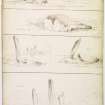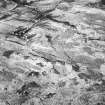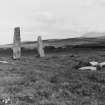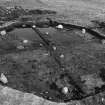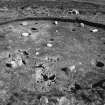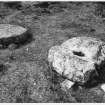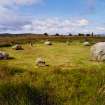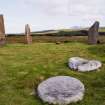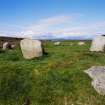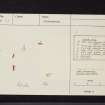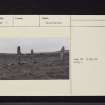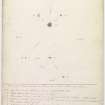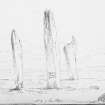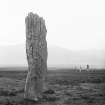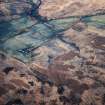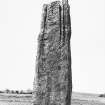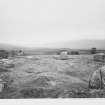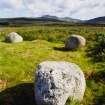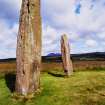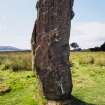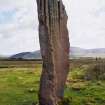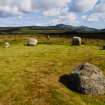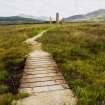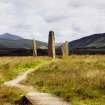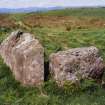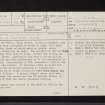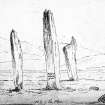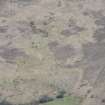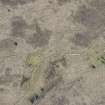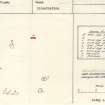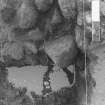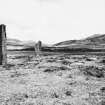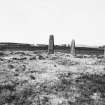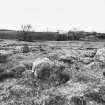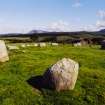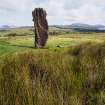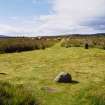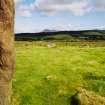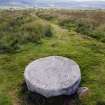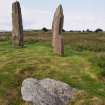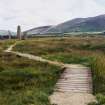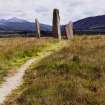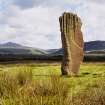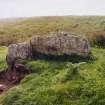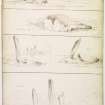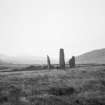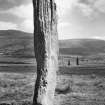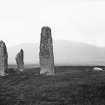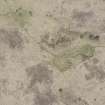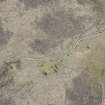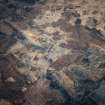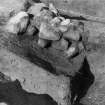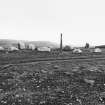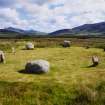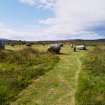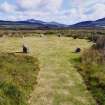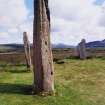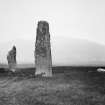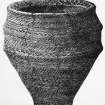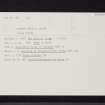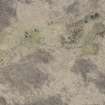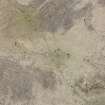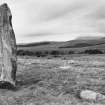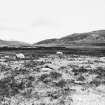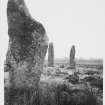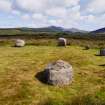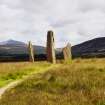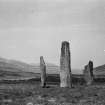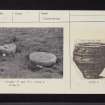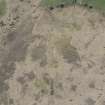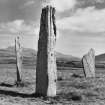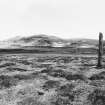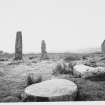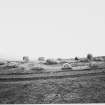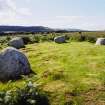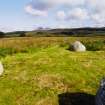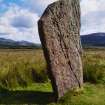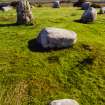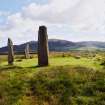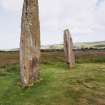Arran, Machrie Moor 2
Cist (Neolithic) - (Bronze Age), Inhumation (Prehistoric)(Possible), Stone Circle (Neolithic) - (Bronze Age), Flake(S) (Flint), Food Vessel, Millstone(S)
Site Name Arran, Machrie Moor 2
Classification Cist (Neolithic) - (Bronze Age), Inhumation (Prehistoric)(Possible), Stone Circle (Neolithic) - (Bronze Age), Flake(S) (Flint), Food Vessel, Millstone(S)
Canmore ID 39702
Site Number NR93SW 1.03
NGR NR 91130 32420
Datum OSGB36 - NGR
Permalink http://canmore.org.uk/site/39702
First 100 images shown. See the Collections panel (below) for a link to all digital images.
- Council North Ayrshire
- Parish Kilmory
- Former Region Strathclyde
- Former District Cunninghame
- Former County Buteshire
Machrie Moor is the site of a prehistoric ritual landscape dating from the Neolithic and Bronze Ages and includes several stone circles and chambered cairns. At this stone circle, known as Machrie Moor 2, three standing stones survive of an original seven or eight. Upon excavation two cists (stone coffins) were found in its interior. One contained a cremation and a Food Vessel, the other an inhumation burial.
Information from RCAHMS (SC) 20 August 2007
Ritchie, A and Ritchie, G 1998
NR93SW 1.03 91130 32420
C: at NR 9114 3241. This circle, 13.7m in diameter, may originally have consisted of seven or eight tall sandstone slabs, three of which survive intact, while stumps of others may be seen. The heights of the surviving stones range from 3.7m to 4.9m. Within the circle are two large stones, apparently cut from a fallen pillar, one of which has been perforated as if for conversion to a millstone.
Excavations in 1861 revealed a cist in the centre of the circle. It measured 0.89m by 0.56m and 0.66m deep and contained possibly an inhumation, accompanied by an Irish tripartite bowl food vessel and four flint flakes. A second (empty) short cist was found between the centre and the NE upright stone. A trench dug S from the centre produced nothing.
The food vessel was donated to the National Museum of Antiquities of Scotland (NMAS) in 1863 by the Duke of Hamilton.
Information from OS (IF) 25 August 1977.
Sources: J N G Ritchie 1973; J Bryce 1863; Proc Soc Antiq Scot 1865.
Field Visit (13 October 1977)
NR 9113 3242. This stone circle is generally as described above. There are two millstones, of a different rock type to the other stones, in the south-east arc. It is not possible however to confirm from ground evidence whether they were carved from a fallen upright or imported.
Surveyed at 1:10,000.
Visited by OS (BS) 13 September 1977.
Excavation (1978)
Note (23 July 2018 - 24 July 2018)
The location, classification and period of this site have been reviewed.
HES Survey and Recording 23-24 July 2018.










































































































